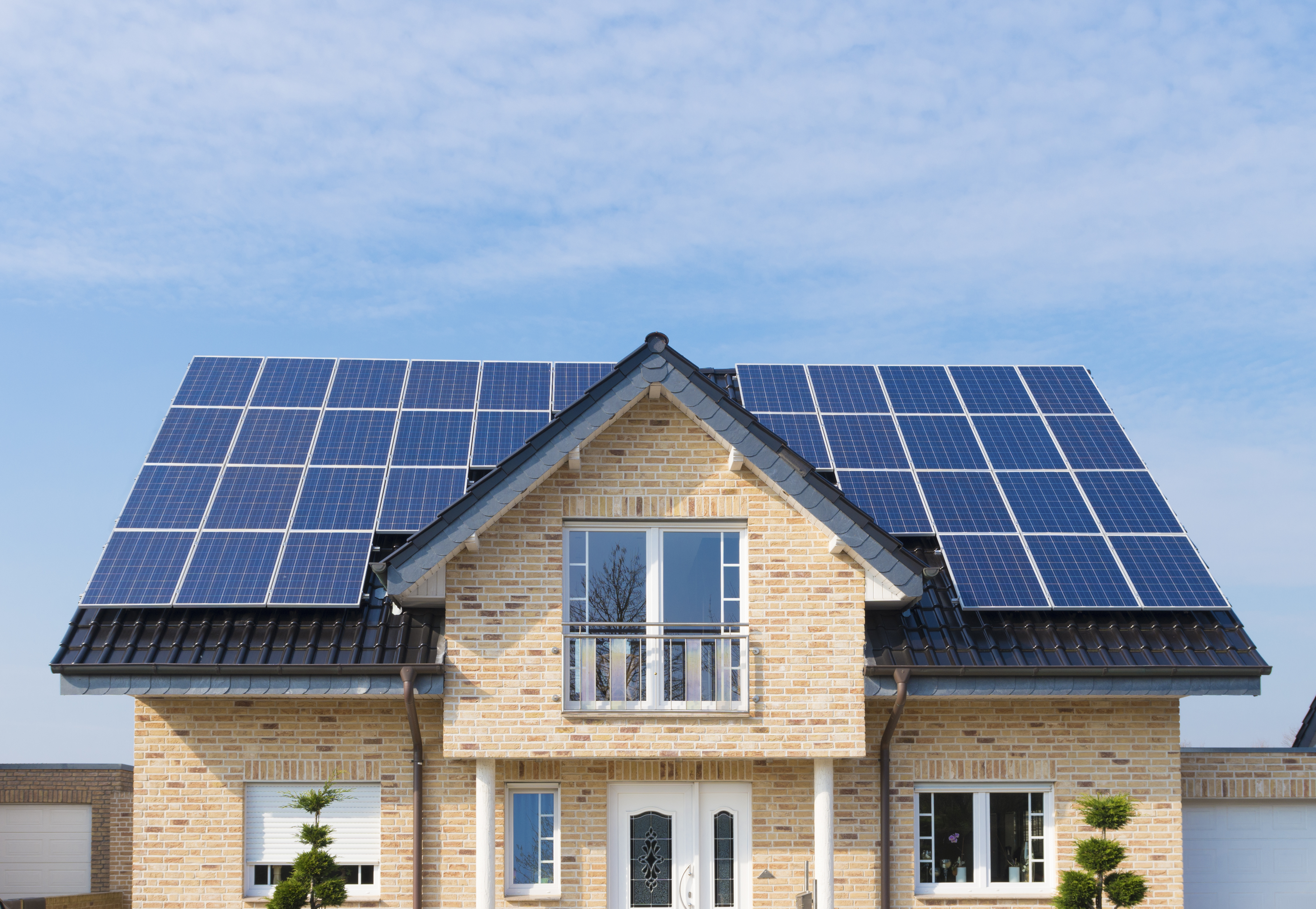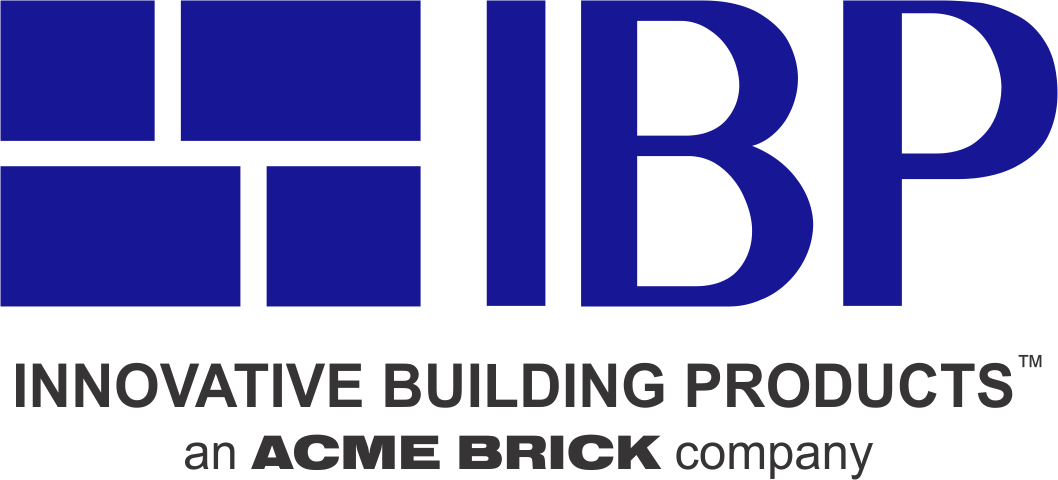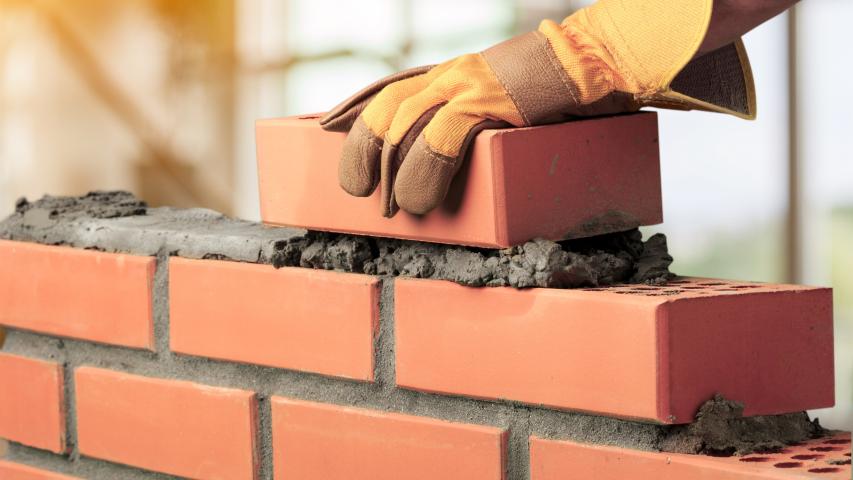As with many trends in residential construction, the term “sustainability” has gone from a buzzword used by a small number of people to the mainstream of new homebuyers. Why? One word: economics.
Chip Clark, AIA, PE, LEED Accredited Professional (LEED AP) agrees. He says, “Homes and commercial buildings designed and constructed with sustainability in mind have been proven to lower maintenance costs, reduce utility expenditures and provide their owners with a higher return on their investment.” Compelling economic data, for both builders and their customers, has moved sustainability to the top of the priority list.
In the process of this fundamental change in the design and building paradigm, construction materials and sources of power have seen a resurgence. Now, eco-friendly and sustainable building materials such as brick and solar panels are commonly found in today’s designs.
HOMES AND COMMERCIAL BUILDINGS BUILT WITH ACME BRICK ARE SUSTAINABLE AND SAVE OWNERS MONEY. CLICK HERE AND FIND OUT WHY.
Benefits of Building with Brick
Going back thousands of years, ancient civilizations were built with brick. Homes, temples, water canals, streets, and bridges - the entire infrastructure - were composed of this natural, nearly maintenance-free construction material. The thermal mass properties of brick enable buildings to be warm in the winter and cool in the summer. And the fire resistance of brick makes these buildings basically impervious to ravages of fire. Not to mention protection afforded by brick during natural disasters such as hurricanes and tornadoes.
Contemporary architects, builders, and homeowners are still using the world’s most sustainable building product - brick - for these same reasons.
Research has shown clay brick to have a superior life cycle assessment (LCA). In the construction industry, this metric is an evaluation of the economic performance of a building over its entire life. Using clay brick versus other sidings such as composite or synthetic products will reduce the need for replacement and reduce the use of new materials for reconstruction.
A clay brick veneer has superior impact resistance and has been shown to withstand the impact of a 2x4 wood stud, flying at 72 mph. When clay brick is selected for a home, such as those manufactured by Acme Brick, know it will be much more likely to withstand a high wind storm.
While brick comes in a wide array of colors, its most important color is “green,” meaning it is considered environmentally friendly. This is important to the thousands of architects, designers, engineers, and builders who are involved in the certification of buildings to green standards or building programs.
In fact, according to the U.S. Green Building Council (USGBC), “Green buildings, like those that are LEED-certified, are a global solution for cities, communities, and neighborhoods. The tangible benefits may not be easily recognizable to tenants or visitors, but through sustainable design, construction and operations, green buildings are reducing carbon emissions, energy and waste; conserving water; prioritizing safer materials; and lowering our exposure to toxins.”
USGBC also points to the economic impact of sustainable buildings.
- Upfront investment in green building also makes properties more valuable, with a growing number of building owners seeing a 10 percent or greater increase in asset value.
- Green buildings reduce day-to-day costs year over year. LEED buildings have reported almost 20 percent lower maintenance costs than typical commercial buildings, and green building retrofits typically decrease operation costs by almost 10 percent in just one year.
- The University of Texas at Austin looked at the resale value on homes in the Austin-Round Rock Metropolitan Statistical Area and found that homes built to LEED standards between 2008 and 2016 showed an 8 percent boost in value, while homes built to a wider range of green standards (i.e. less stringent “green” standards) saw a 6 percent increase in value.
Why Choose Solar and Wind Energy?
Because of dramatic improvements in battery storage technology, energy generated from the sun and wind is becoming more mainstream. Does brick construction contribute to the energy savings from these natural “generators?” The effect is indirect, but the answer is a resounding yes.

It is important to remember that the overall thermal benefit of a wall assembly is more than just summing all the R-values of each individual layer in the wall. That is because certain thermal benefits that are attributed to other properties are not taken into account by the test used to determine the R-value of a material which only considers its resistance to heat flow in “steady-state” conditions. However, because the walls of buildings exist in a climate which experiences change through each day and night, they really experience “dynamic-state” conditions.
One of those properties that is not taken into account by a material’s R-value is its thermal mass – a material’s capacity to absorb and store heat. Dense materials such as clay brick and concrete have superior thermal mass capabilities that are not captured by the test for R-value.
And the thermal mass of brick on a house can have an impact in the Southwest. During the daylight hours, a clay brick wall will slowly heat up, but the temperature on the interior side of a wall assembly with brick may never reach the hottest temperature of the day. This is known as the “dampening effect” because brick heats up so slowly. Another condition known as the “thermal lag effect” can occur where the highest temperature inside a building is at a time much later in the day than when the highest temperature outside the building occurs. Dampening and thermal lag are the two effects from the thermal mass that an occupant experiences when in a building with brick.
Other building materials may have more R-value as measured in a steady-state condition, but few other building materials can surpass the thermal mass of clay brick. The dampening and thermal lag from brick may mean that less powerful air-conditioning (e.g., 2.5-ton versus 3-ton unit) is needed or less activation of the air-conditioning, saving a homeowner money.
Eliminating Other “Pollutants”
Saving energy by considering the entire thermal benefit of a wall assembly is just one way Acme Brick can make a structure - home or commercial building - more eco-friendly. There are other “pollutants” that can be eliminated.
Volatile organic compounds (VOC) from painting interior walls
Brick is an inert material because it is made from some of earth’s most natural materials – clay, and shale. This means brick has no VOC’s and can be applied as thin brick on interior walls as an accent instead of painted drywall.

Noise pollution
A brick veneer (cladding) has a sound transmission class (STC) of 45 by itself, and when the wood stud frame, drywall, and insulation are considered, an STC of over 55 can be achieved. To put this in perspective, an STC of 55 means that loud sounds from musical instruments, a stereo or traffic noise on the other side of the wall can become significantly diminished.
Recycling
A brick home should last virtually forever, but if a rehabilitation or addition is carried out such that some brick is removed during the process, those brick can simply be crushed and used for landscaping or in a garden. And crushed brick is an excellent source of minerals for the soil.
Recycling whole brick units from or walls within an existing structure means less material is needed for reconstruction or renovation. This is also an excellent eco-benefit. It means less budget is required for new material as well as less material that needs to be manufactured and shipped to a job site for reconstruction. This is not only good for a client’s wallet but reduces greenhouse gas emissions too.
For products that make your home or commercial building more sustainable and offer a better ROI, contact the experts at Acme Brick.

